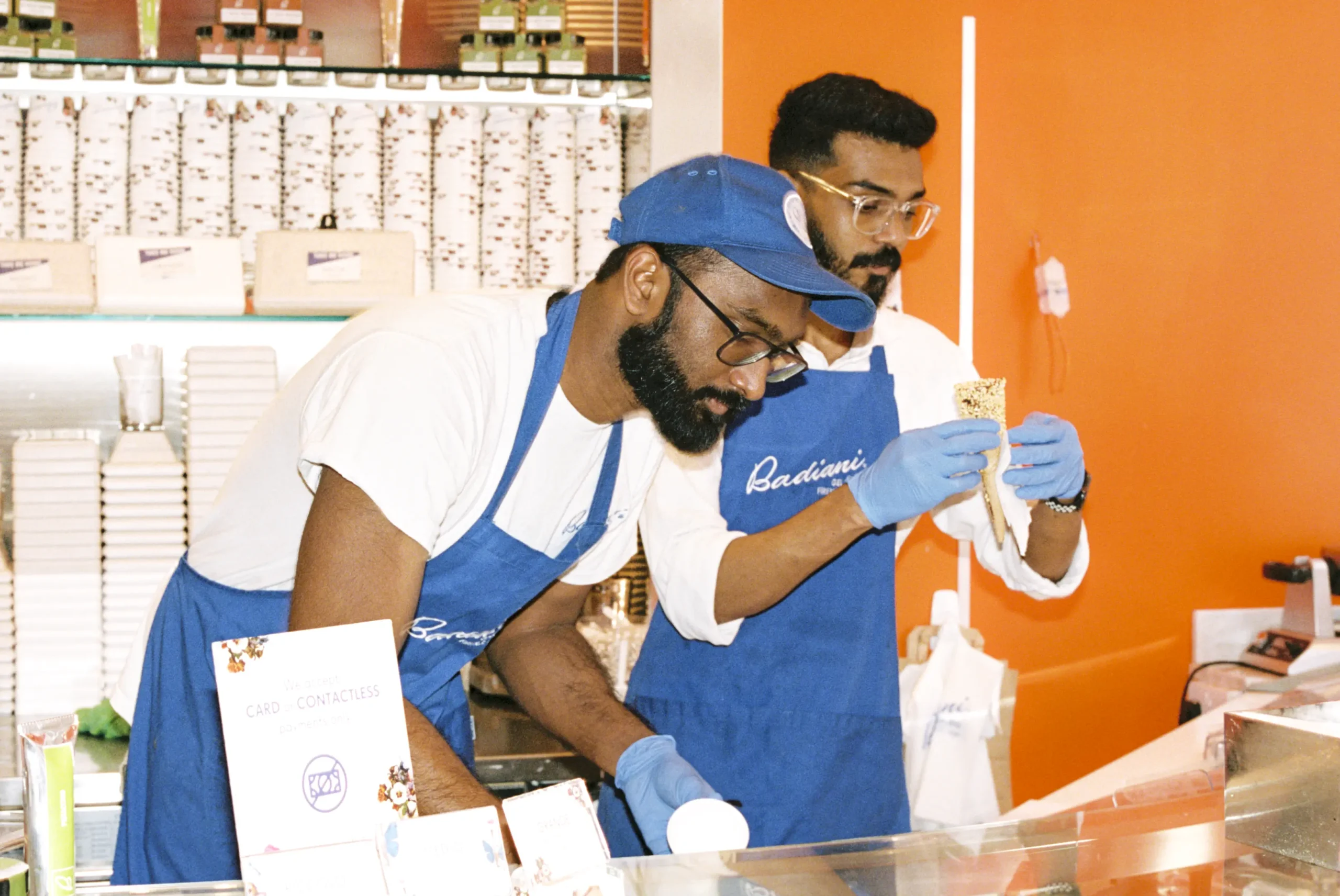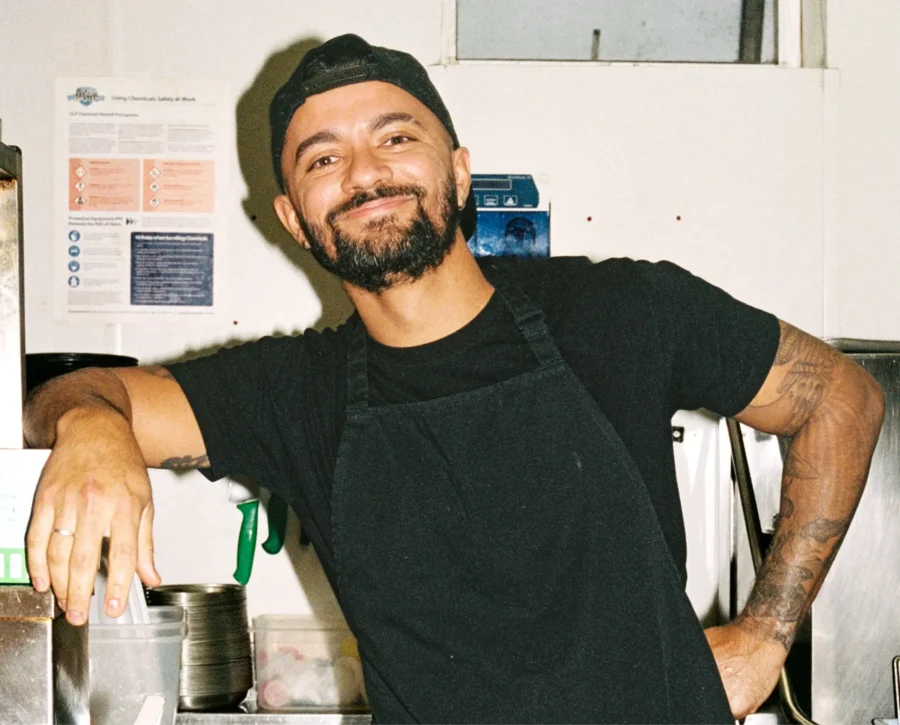Are you struggling to find and retain talent for your restaurant? You’re not alone. It’s no secret that hospitality is struggling with labour shortages at the moment.
The good news is that there are things you can do to turn this around.
And the even better news? You’ve come to the right place to find out what these things are!
In this article, we cover three simple changes you can make to attract more top-quality talent and retain your existing workforce. But before we get there, let’s walk through the current state of the labour shortages.
What’s happening with the labour shortage right now?
UK Hospitality found 132,000 unfilled vacancies in hospitality, which is 48% above pre-pandemic levels. Within those vacancies, the sector has chef shortages from 10% for head chefs to 21% for production chefs.
And not only do 70% of restaurant operators not have enough workers to support demand, but they also don’t expect a reprieve anytime soon.
But why exactly are we experiencing staff shortages?
There are a lot of reasons, the biggest being the double whammy of Brexit and the COVID-19 pandemic.
Since then, changes to the immigration system are impacting the hospitality industry. As of the 4th of April 2024, foreign workers can only get a skilled worker visa if they make a minimum of £38,700, up from £26,200.
Safe to say, that’s a huge jump.
Kate Nicholls, the Chief Executive at UKHospitality, has commented on the issue:
“There were 8,500 hospitality visas issued last year, which helped bring in talented chefs and managers of the future. Around 95% of those would no longer be eligible under these plans, despite being offered competitive salaries.”
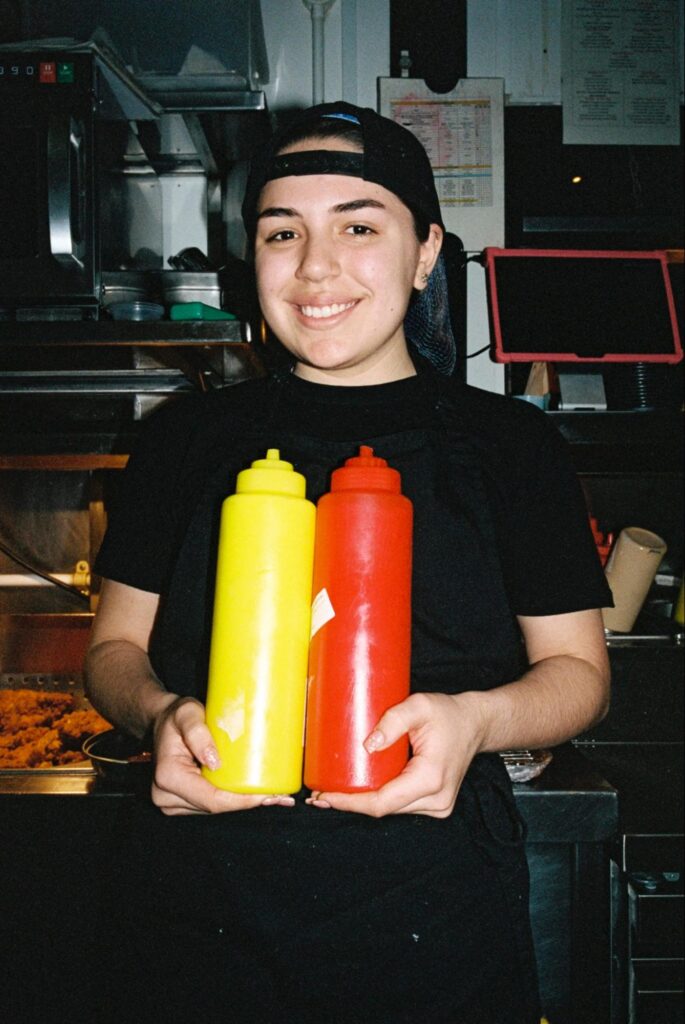
But although the figures aren’t looking promising, it’s not all doom and gloom. Efforts are being made to close the gap. For example. UKHospitality launched the Hospitality Workforce Strategy in an attempt to overcome this challenge. So far, the strategy has reduced hospitality vacancies by 33%.
Plus, there are ways that restaurant managers and owners can attract and retain staff to overcome the shortage.
Wondering how to make this happen? Let’s take a look!
3 ways to tackle the hospitality labour shortage
Based on our experience and expertise in the hospitality sector, we’ve outlined three simple but effective ways that you can attract and retain more employees for your workforce.
No need to thank us — you’re welcome. 👊
Prioritise employee retention
Spending too much time looking for new employees to join your team can impact your ability to prioritise your current workforce. And if your current staff feel overlooked, they might leave.
Effective retention is key to building a strong, stable, and reliable workforce. But how exactly do you increase retention?
Improving the employee experience is a start:
- Provide training and career development so employees feel confident in their abilities and valued as part of the team.
- Offer benefits and incentives for hard work and professional achievements.
- Create a fun and positive work environment so employees feel welcome and enjoy their time in your restaurant.

Be an attractive employer
The need for hospitality workers is there, so how do you stand out from the crowd and appeal to the workers looking for jobs?
Being an attractive employer is the solution.
Think about wages as an example. Hospitality isn’t known for its bumper wages or (any) benefits. Even though the minimum wage has increased recently, studies show that restaurant workers are working multiple jobs to pay the bills.
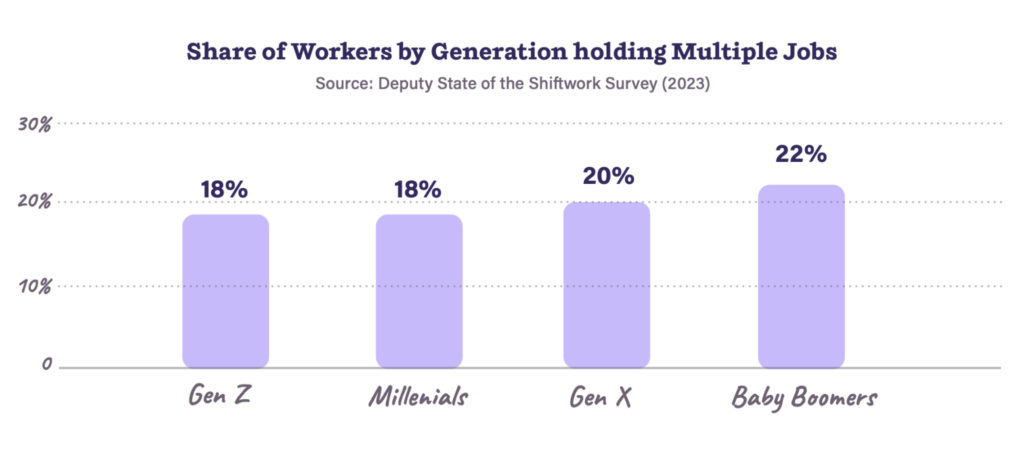
By offering good pay and employee benefits, you become an attractive employer in a saturated market.
But we know that it’s not always realistic to up your wages. Times are tough, and the cost of living crisis is real. Take a moment and sense check where you are at relative to the market and up your game to what’s affordable.
Workforce management systems (*ahem* like Nory) should enable you to model the impact of benefit package contributions and initiatives against sales forecasts. Then, you can see the clear ROI from better retention in an increasingly lower LTO rate over time.
And if you want to dig even deeper, do some research into your ideal employees to find out exactly what they want from an employer. For example, studies show that younger generations are seeking employers who offer wellbeing programmes, while older generations prioritise flexible working.
Schedule shifts based on demand
If you’re struggling to juggle your existing workforce and are finding yourself without staff during busy periods, hiring new people might not be the solution.
Instead, you might benefit from demand-based scheduling.
With a demand-based schedule, you can maximise your workforce and only schedule staff when you actually need them. It helps you weigh up customer demand, staff availability, and staff skills to create optimised schedules.
To create these schedules, you need a clear view of your peak times, quiet times, and staff availability. You also need accurate sales forecasts to predict demand correctly.
The solution? Nory!
Effective demand planning has never been so crucial for restaurants and having a product that takes care of this data graft for you is not a nice to have, it’s a necessity.
Our restaurant management system analyses historical sales data to predict demand on a real-time basis. We create schedules based on your performance, and let you know if you don’t have enough employees on the roster to meet demand.
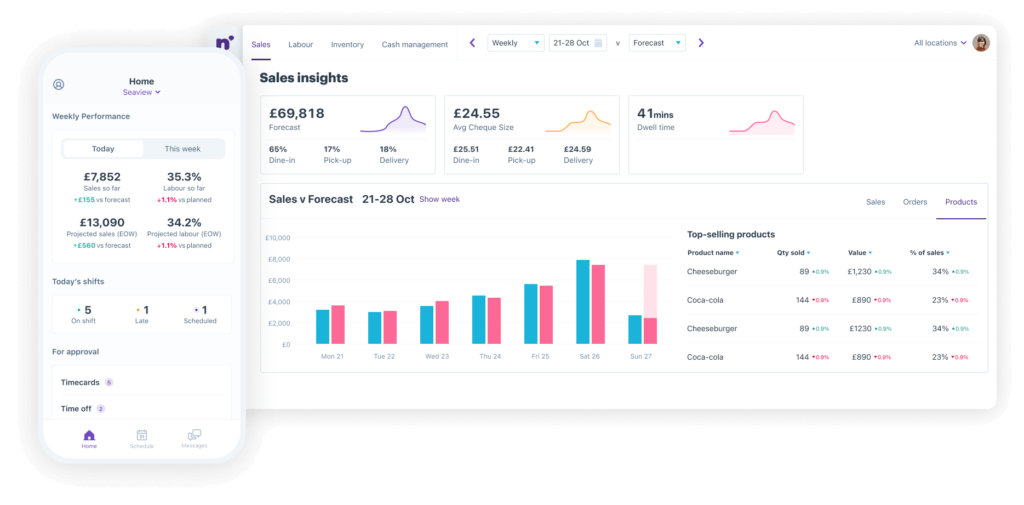
Plus, we create incredibly accurate sales forecasts, which is vital to demand-based planning. After all, if your forecasts aren’t accurate, your schedules won’t meet customer demand. As a result, you could end up overpaying for quiet shifts or understaffing during peak times.
Take a look at how Masa uses Nory to accurately forecast sales within a 3% margin!
Hot tip 🔥 You can also measure throughput to inform your demand-based schedules. Throughput is the rate of production in a given period. It’s a much-referenced productivity KPI for the McDonalds and Amazons of this world, but it should be (and will be) for your restaurant too.
If you’re short on staff and need to optimise your workforce planning, using throughput as a basis for rostering your team is a surefire way to increase topline turnover on peak day parts and reduce labour costs on slow day parts.
It also helps you measure the quality and consistency of your training and service processes across franchise locations!
Use Nory to manage your workforce and enhance the employee experience
As with any complex issue, there is no immediate fix to the staff shortage — the big changes need to come from higher up the food chain (like the UK government). Fortunately, organisations like UK Hospitality are putting pressure on them to make these changes and help the industry thrive.
In the meantime, there are ways you can combat labour shortage challenges. Follow the steps in this article, and make sure that you’re using restaurant technology to identify ways of improving the employee experience to attract and retain staff.
Get in touch with the team to find out more about how we can optimise your workforce management!
Why is there a shortage of hospitality workers?
It’s down to a lot of reasons. Brexit-induced migration restrictions, the pandemic disrupting workforce dynamics, and shifts in worker preferences towards flexible or at-home working are some of the contributing factors.
Is the hospitality industry struggling?
It’s hard to answer this question. There are certainly parts of the hospitality industry that are facing huge challenges in the current climate, even closures. But that’s not reflective of every hospitality business.
We’re working with restaurants and cafes around the world that are thriving right now, expanding into new locations and increasing profits. Check out our success stories to see for yourself!
Is hospitality on the shortage occupation list in the UK?
Not yet, but UK Hospitality is working on it. Their website says:
“As part of the Migration Advisory Committee’s review, we’ve asked them to add chef roles onto the Shortage Occupation List to alleviate persistent shortages. We also requested that hospitality supervisors, which includes housekeepers and receptionists, and sommeliers are reclassified in order for them to be eligible for the skilled visa route.”
